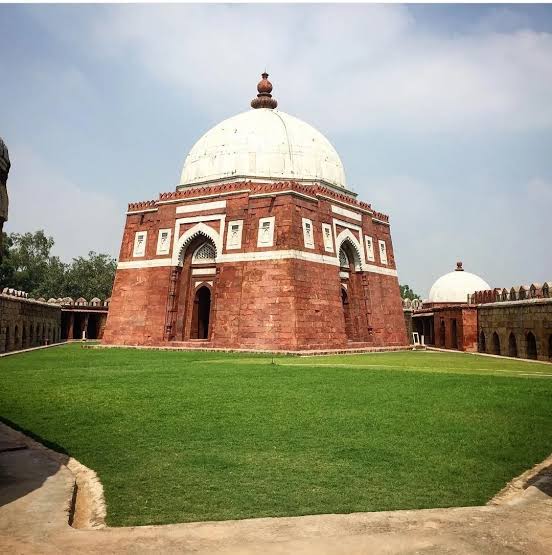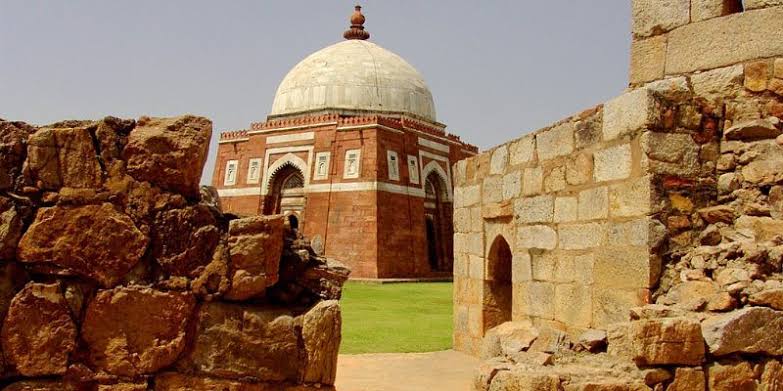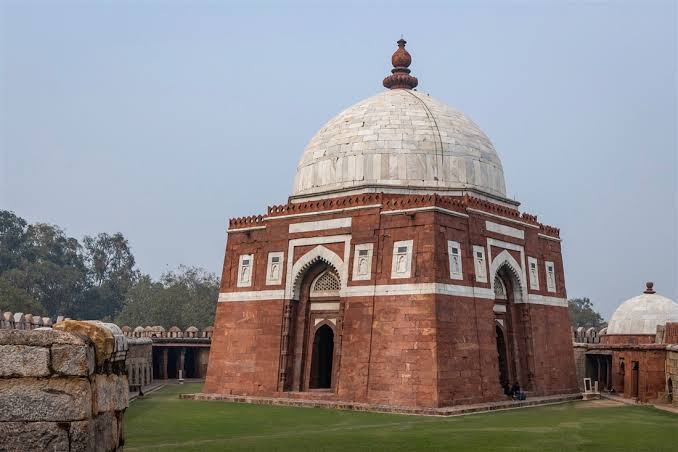


The Tomb of Ghiyasuddin Tughlaq is a notable monument in the Delhi Tughlaqabad Fort complex. It serves as the final resting place of Ghiyasuddin Tughlaq, the founder of the Tughlaq dynasty and the ruler of the Delhi Sultanate from 1320 to 1325 AD. The tomb is an important example of Indo-Islamic architecture, particularly from the early Delhi Sultanate period. Ghiyasuddin Tughlaq, originally named Ghazi Malik, ascended the throne after overthrowing the Khilji dynasty. His rule is remembered for his efforts to stabilize the Delhi Sultanate after years of turbulence and for his ambitious construction projects, most notably the creation of Tughlaqabad Fort, a massive fortified city meant to protect the Sultanate from Mongol invasions. The tomb of Ghiyasuddin Tughlaq is one of the earliest examples of Tughlaq architecture. This style is characterized by its simplicity, strength, and practicality, moving away from the more ornate designs of earlier Sultanate periods. The tomb attracts visitors interested in early Sultanate architecture and the history of the Tughlaq dynasty. Its unique design and historical significance make it a key part of Delhi’s rich architectural heritage.